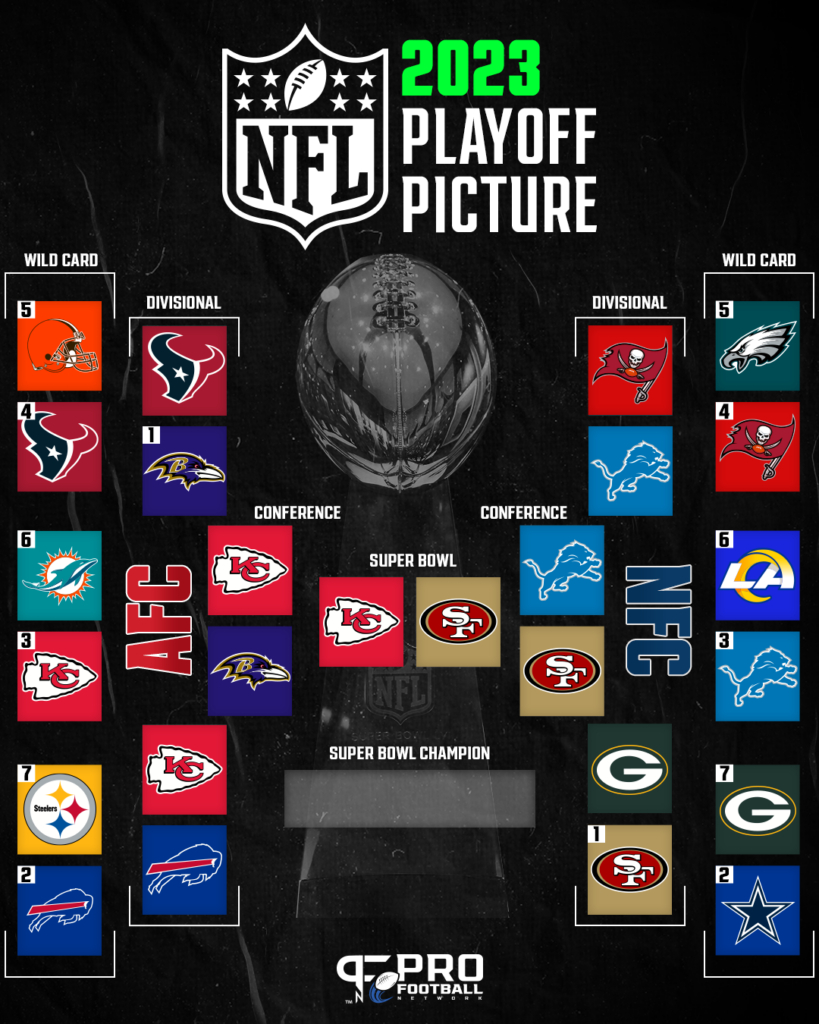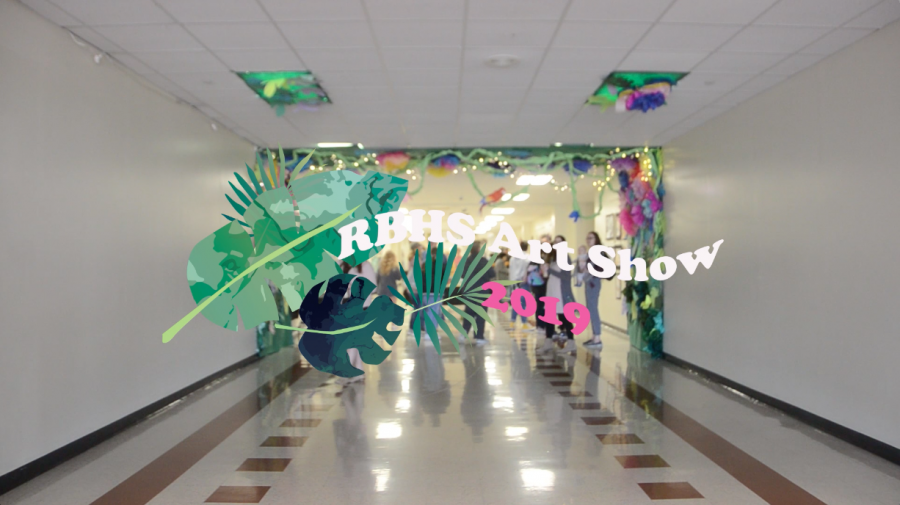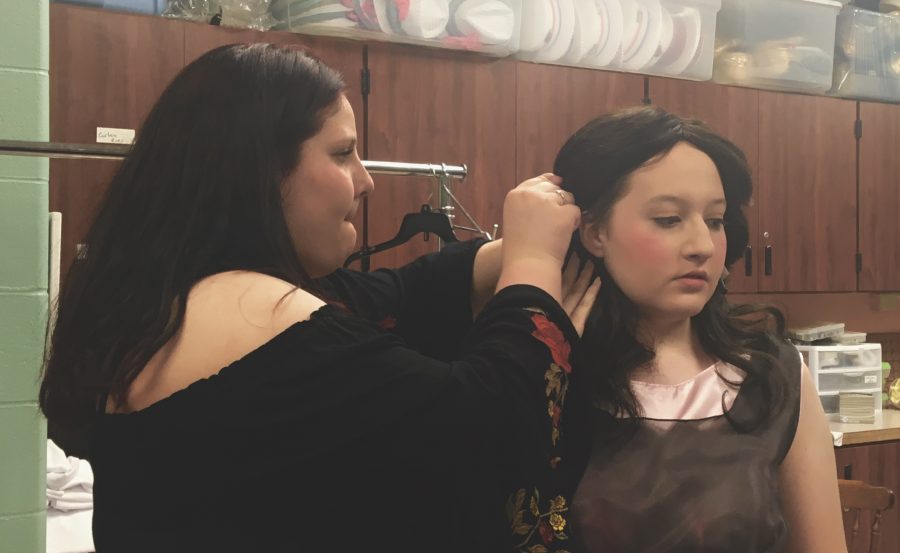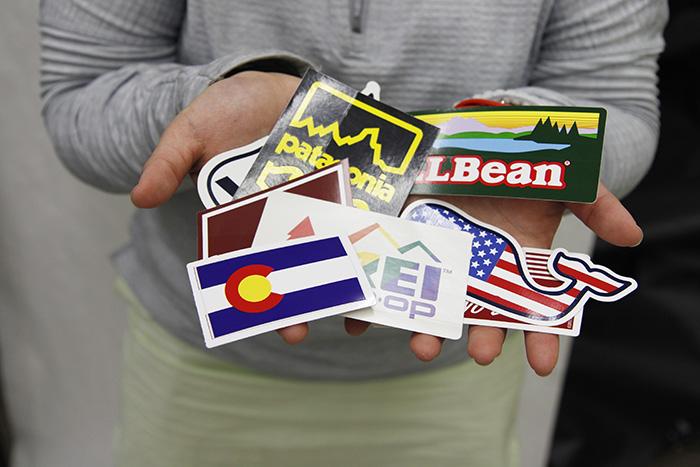
A velvety blanket of melted cheese bubbles atop a perfectly browned pizza crust, slathered in crimson sauce and topped with the wafer-thin flakes of fresh oregano. Decadent molten fudge cascades down the frosty edges of a sinfully large scoop vanilla of ice cream.
A tower of fluffy whipped cream spirals upward, speckled with a mouth-watering rainbow of tiny sprinkles and topped off with the most picturesque of all maraschino cherries — lusciously plump, polished and seductively beckoning your name in an irresistibly dulcet tone of voice.
“Eat me,” it whispers, coaxing gently; “Don’t I look delicious?”
As tempting as the images may seem, this exceedingly elaborate form of culinary-based photography, popularly dubbed “food porn,” may pose a serious dietary health concern to its many eager viewers. These images could be causing many to consume significantly more calories than normal by making food look too good to be true, which may contribute to the ongoing rise of diet-related diseases throughout the nation.
“I am a believer in ‘we are what we eat,’” said Dr. Deborah Wright, a psychologist at the University of Missouri-Columbia. “People who look at a lot of those images, it gets under their skin. It influences decisions and influences food consumption.”
Calorie consumption could be rising dramatically because of the incredibly enticing food porn that so many love to look at. A suggested serving size of Breyers French Vanilla Ice Cream contains a mere 140 calories. However, any given food porn photograph of ice cream would include much more than the ice cream alone.
When the plain ice cream is combined with single serving sizes of the leading brands of hot fudge, caramel, whipped cream, sprinkles and pecans, the calorie count of the sundae rises to a whopping 650 calories. This is a 510 calorie difference.
Not only could food porn photos cause people to eat substantially more unhealthy foods, but the images which do so are surprisingly deceptive. In order to achieve their flawless, airbrushed nature that causes involuntary salivation and sudden pangs of incurable hunger, these images are often “enhanced” with a variety of non-edible materials before the photos are actually taken.
In his article “The Dirty Tricks of Food Photographers,” author Haje Jan Kamps explains various surprising techniques used to enhance the appeal of previously regular looking food when photographed.
Among these shocking strategies are the usage of motor oil in place of syrup, brown shoe polish to give meat its succulent, “fresh-out-of-the-oven” look, spray deodorant to enhance the frosty coating of various fruits and frozen deserts and glue instead of milk in morning cereal bowls.
Food photographers often use soaking wet, microwaved cotton balls to give food its “steaming hot” appearance, and large syringes are sometimes used to inject mashed potatoes under the skin of cooked poultry in order to emulate a plumper and more voluminous piece of meat.
An innocent individual viewing these deceptive photos, and later gorging on similar high calorie cuisine, may never know that the photographers drench their food fantasies in shoe shine and are not as true as the artists say they are.
Despite the evidence suggesting food porn negatively affects health, many avid food photographers — both professional and Instagram addicts — argue their work is purely creative and in no way acts as a catalyst for poor dietary habits. They argue photos cannot make someone choose a high calorie item to eat, rather it is a personal choice made by the eater.
Senior Courtney Nowlin defends her practice of food photography, arguing that this form of art does not necessarily correlate with an increase in food consumption.
“For me, dining is a cultural experience, and I like to document it,” Nowlin said. “It’s not by any means a way for me to try to promote obesity or anything among those terms.”
Nowlin’s interest in photographing food stemmed from her love for both food and taking pictures. She does not believe her photography contributes to poor health choices in those who view them and sees the photography as a fun mix of her hobbies and interests.
“It is just a happy combination for me,” Nowlin said, adding that those who take or view these types of photos generally do not see it as a motivation to eat more.
Nowlin does not use non-edible materials to enhance her food photography and only experiments with various angles, lighting and colors in order to get a good shot.
“If food is bad,” Nowlin said, “I don’t think there is much you can do to improve its appearance.”
While Nowlin may view the production of food porn as a harmless hobby, not everyone shares this opinion. Anatomy teacher Amy Mackenzie believes the deceptive way which we are photographing and displaying food can be dangerous to our health.
“I do think the way that the media portrays food contributes to our incidence rate of obesity, both in adults and in children,” Mackenzie said. “The number of advertisements we see promoting foods that are not healthy for us is greater than those for healthy choices.
Food porn and its rise to fame in social media and blogging, turns off Mackenzie, but one cannot deny that the delicious art form is indeed quite creative. And although that tantalizing ice cream Sunday may signify an up-and-coming trend in health concerns, this literal “eye candy” undoubtedly marks a change in the correlation between our art and our edibles.
Full disclosure: Psychologist interviewed in story is the writer’s mother.
By Anna Wright


















































































